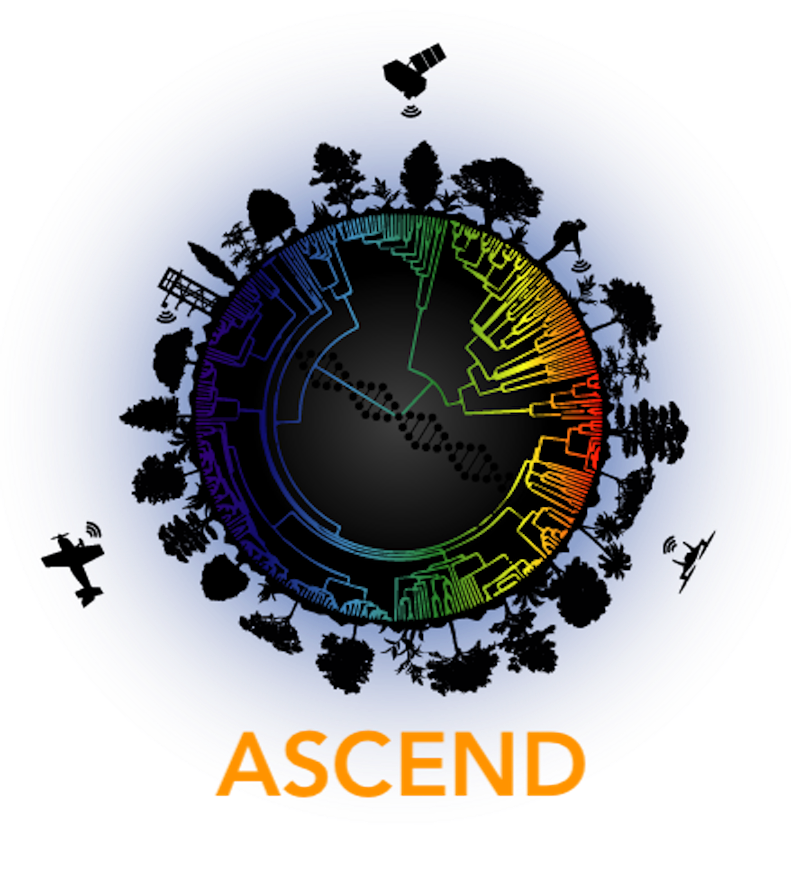NextGen: LeAundra Schöpflin
Hi, I am LeAundra Schöpflin, a third year PhD student in Dr. Pankaj Trivedi’s Lab and the Graduate Degree Program in Ecology at Colorado State University. My research focuses on the effects of plants, climate change, and other environmental drivers on the soil microbiome and vice-versa in multiple experimental plots in Minnesota.
Q) When did you know that you wanted to become a scientist and how did it unfold for you?
A) My path to become a biologist has two main pit-stops. First, in second grade we were required to do a project on what we wanted to be when we grew up. I have always been in awe of the ocean, so I chose to do my project on becoming a marine biologist. For the rest of my childhood, I became fixated on doing chaotic at home science experiments. My excitement about science started in elementary school but was not solidified until my freshman year at the University of Utah. I took an entry level biology class where my professor did a section on the microbiome of hydrothermal vents. There I learned that our ideas of primary production are turned on their head by the concept of chemosynthesis, or the transformation of inorganic molecules to organic molecules by microbes. After that, I decided to pursue a career in understanding how microbes impact regional and global nutrient cycling.
Q) Tell us about your research projects in ASCEND
A) My projects with ASCEND are two-fold:
A: Boreal Forest in an Ecotone in Danger (B4WarmED)
This project focuses on understanding how the soil microbiome shifts with multi-factorial climate drivers in a Minnesotan boreal to temperate ecotone, or an ecological transition zone where these two habitat types intersect. There we are studying the intersection of warming, and drought. My portion of this multi-scale project will be to incubate soil microbiome members in the lab under increased warming and decreased moisture to profile active microbial groups and determine microbial carbon use efficiency.
Our main questions are:
1) What microbial members or groups are metabolically active?
2) How are these active members contributing to carbon cycling in the soils?
B: The International Diversity Experiment Network with Trees (IDENT)
IDENT is a transcontinental project that studies the interplay between tree biodiversity and ecosystem functioning. Our plot in Cloquet Minnesota was formed to profile the microbiome in order to understand how the community composition and functional diversity are influenced by tree diversity and in turn how these microbial changes impact plant performance.
We want to know:
1) How does plant biodiversity influence the taxonomy, diversity, and functioning of the soil microbiome?
2) How do these microbiome traits feedback into plant performance?
LeAundra Schöpflin hiking in the high deserts of Boulder Colorado in 2022. LeAundra is a doctoral student at Colorado State University studying how microbes influence global nutrient cycles.
Q) What are your hobbies and preferred activities when you are not doing science?
A) I have loved nature since I was young, so I am grateful to live in a place like Colorado. I enjoy hiking, backpacking, biking, skiing, and running with my dog Wasabi. I am also very passionate about music and was a music journalist for 6 years before entering graduate school. I spend much of my personal time going to see live music. When I’m not outside or at a show, I love to cook or bake and try out new recipes. Most recently I made home-made gnocchi and strawberry macarons.
Q) How would you explain your research to someone who is not a scientist?
A) The soil microbiome, or all the microbes that reside in soils worldwide, is important for processing nutrients, scavenging food for plants, and protecting soil health. For this reason, it is important to study how it will be affected by climate change, which can be devastating for both plants and microbes. I am studying the microbiome in the forests of Minnesota under two different projects. The first focuses on increasing soil warming and drought and the second, the impacts tree biodiversity. These projects combined can show us how other organisms and the non-living aspects of an ecosystem influence the types of microbes in the soil and how their metabolisms feed back into the ecosystem as well. Finally, we want to use these studies to predict how the soil microbiome, and therefore these ecological relationships, will shift and change in the coming decades.

